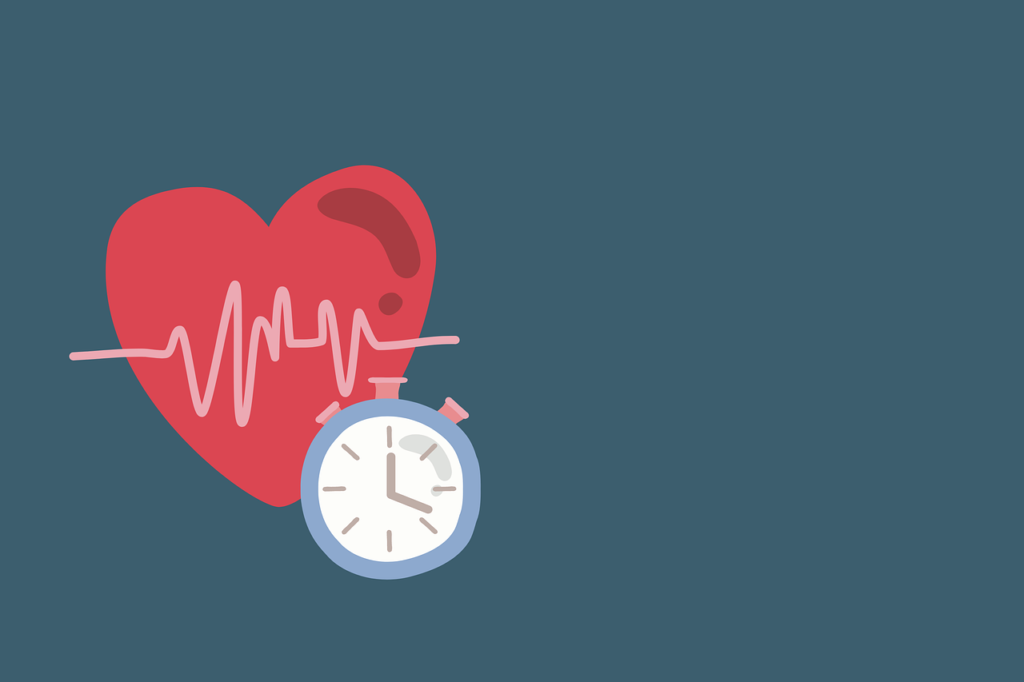
Keto Basics: Exploring the High-Fat, Low-Carb Diet Phenomenon
Understanding the Keto Diet: An Introduction
The ketogenic diet, commonly referred to as keto, has gained immense popularity in recent years as a weight loss strategy and lifestyle choice. This diet is characterized by its high-fat, moderate-protein, and very low-carbohydrate intake. By restricting carbs, the body enters a metabolic state called ketosis, where it burns fat for fuel instead of glucose, leading to potential weight loss and other health benefits.
The Science Behind Ketosis

At its core, the keto diet is about altering the way your body processes energy. Typically, the body’s preferred source of energy is glucose, which is obtained from carbohydrates. When carbohydrates are drastically reduced, the body turns to stored fat, converting it into molecules called ketone bodies. These ketones become the primary energy source, fueling daily activities and potentially contributing to a reduction in body fat.
Macronutrient Ratios: Crafting Your Keto Plate
A standard keto diet typically follows a macronutrient ratio of about 70-80% fat, 20-25% protein, and 5-10% carbohydrates. To adhere to this macronutrient distribution, one must carefully plan meals to include sources of healthy fats, like avocados, olive oil, and nuts, while incorporating an adequate amount of protein from meat, fish, and eggs. Carbohydrate intake is limited to non-starchy vegetables and small portions of berries.
Benefits of a Keto Lifestyle
The ketogenic diet is not only about weight loss; many individuals report improved energy levels, mental clarity, and better control over their appetite. It has also been studied for its potential in managing certain medical conditions, such as type 2 diabetes and epilepsy. However, just like any other dietary approach, the keto diet may not be suitable for everyone, and individuals should consult with their healthcare provider before making any significant dietary changes.
Navigating Keto Challenges
Despite its potential benefits, the keto diet can be challenging, particularly at the beginning. Common short-term side effects include the “keto flu,” which is characterized by headaches, fatigue, and irritability as the body adapts to burning fat for energy. These symptoms typically subside within a few days to a few weeks. Sticking to the diet can also be difficult socially and practically, as keto-friendly options may not always be available at restaurants or social gatherings.
Meal Planning and Preparation
Success on the keto diet often comes down to planning and preparation. This means having a good understanding of which foods fit into the ketogenic framework and meal prepping to avoid reaching for convenient, carb-heavy options. Investing time in learning new recipes and cooking techniques can also help to keep the diet interesting and sustainable.
Long-Term Considerations
Before embarking on a keto diet, it’s essential to consider the long-term implications. Nutritionists and healthcare providers often highlight the importance of ensuring nutritional adequacy, as the restriction of entire food groups can lead to deficiencies. Careful supplementation and regular lab work may be necessary to ensure health remains optimal.
In conclusion, the ketogenic diet is more than just a trend; it’s a dietary approach that has helped many people achieve their weight loss and health goals. However, like any significant lifestyle change, it requires commitment, education, and careful consideration of the potential benefits and drawbacks. Always consult with a healthcare professional before starting the keto diet, especially if you have pre-existing health conditions.